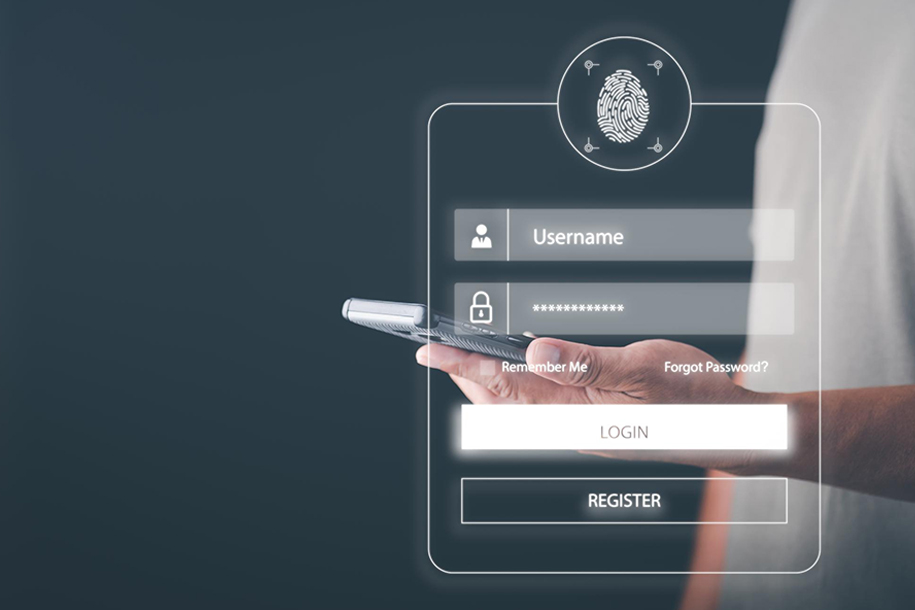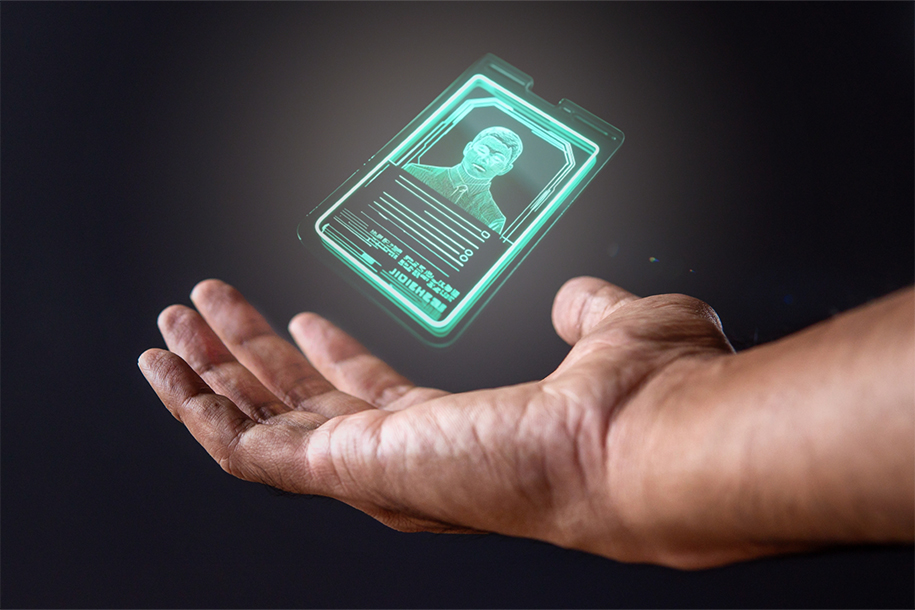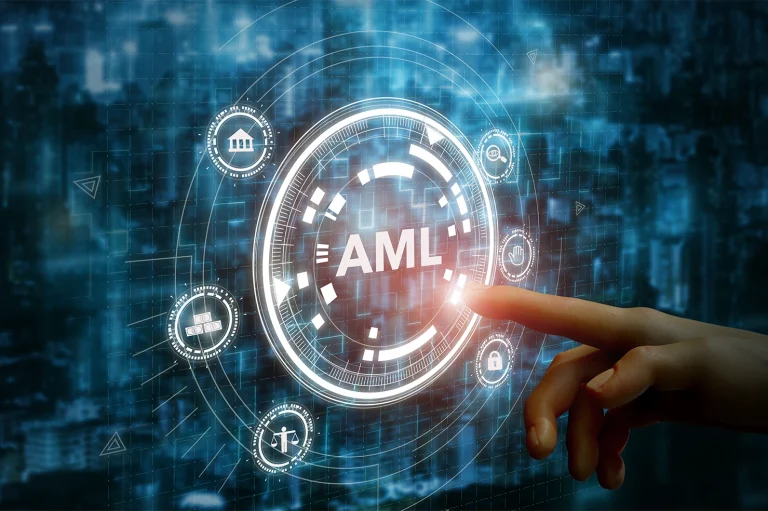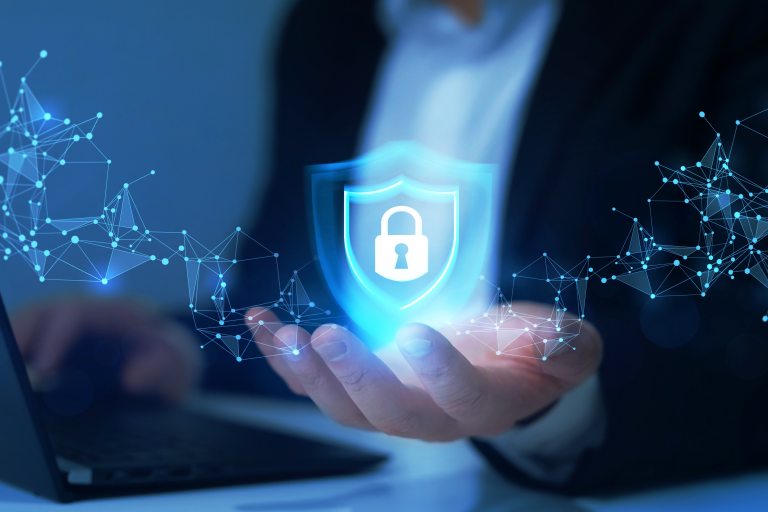Everything from social media profiles and online banking credentials to work email logins and e-commerce accounts falls under the banner of digital identity. Understanding what digital identity is-and the role it plays in modern cybersecurity and privacy-is paramount for both organizations and individuals alike.
What is Digital Identity?
A digital identity encompasses all the attributes and data unique to a person (or entity) within digital environments. This can include usernames and passwords, biometric information, social media handles, and devices or IP addresses regularly used. In an organizational context, digital identity often includes roles, permissions, and security credentials.
Think of digital identity as the sum of a user’s electronically stored characteristics that indicate who they are or what they are allowed to do online. While physical identity comprises items like driver’s licenses or passports, digital identity encompasses every piece of information needed to verify and validate someone-or something-in digital interactions, from logging into an email account to accessing a bank’s online portal.
Who Possesses a Digital Identity?
Anyone who interacts with the internet has a digital identity in some shape or form. This includes:
Individuals: Ordinary internet users have multiple digital identities-ranging from social media profiles and email accounts to streaming subscriptions and e-commerce login details.
Businesses and Organizations: Companies have digital identities too. Domains, SSL certificates, and official email addresses constitute their identity, helping customers and partners confirm legitimacy.
Devices and Applications: Increasingly, non-human entities possess digital identities. Internet of Things (IoT) devices, like smart thermostats and surveillance cameras, have unique IDs and security certificates that identify them on networks. Similarly, applications and microservices often carry their own credentials (API keys, tokens) to communicate securely.
This broad scope highlights why managing digital identity is not just an individual concern but also one that touches entire ecosystems of devices, services, and organizations.

How Does Identity Relate to Access Control?
Access control determines who-or what-can interact with specific systems, data, or resources. Digital identity is the foundation upon which access control policies are built. If an online banking platform, for instance, cannot establish that the user is indeed the account owner, it will not grant them permission to view their transaction history or transfer money.
In practical terms, digital identity and access control go hand in hand:
Identification: First, the system must identify the user (or device). This happens through credentials like usernames, tokens, or certificates.
Verification: Next, the system checks if those credentials are valid. Depending on the environment, this step can involve single or multiple factors (passwords, one-time codes, or biometric scans).
Authorization: Finally, once the system recognizes who the user is, it allows (or denies) certain levels of access based on the user’s identity and associated permissions.
Without a well-managed digital identity, implementing effective access control is nearly impossible. Conversely, if access control rules are lax or poorly configured, even strong digital identity mechanisms can fail to protect systems from unauthorized use.
What is Authentication?
Authentication confirms that a user (or device) who claims a certain identity is truly who they say they are. It’s one of the primary steps in enabling secure access. Authentication ranges from simple username-password combinations to more sophisticated multi-factor setups that can include biometrics (fingerprints, facial recognition), tokens (hardware keys, one-time codes), or contextual checks (location, device type).
Key types of authentications include:
Password-Based Authentication: The most common form, though often criticized for vulnerabilities like password reuse and phishing.
Multi-Factor Authentication (MFA): Adds layers of security by requiring at least two independent factors (e.g., a password plus a fingerprint).
Biometric Authentication: Uses unique biological traits such as fingerprints, voice, or facial features for identity verification.
Adaptive or Risk-Based Authentication: Adjusts security requirements based on real-time risk analysis-e.g., a user logging in from a new country might need an extra verification code.
Regardless of the approach, authentication acts as the gateway that grants or denies access to resources tied to a digital identity.

How Does a User’s Digital Identity Affect Their Privacy?
A user’s digital identity often contains sensitive information-location, browsing history, purchase patterns, and even unique biometric markers. As a result, privacy depends heavily on how well these digital identifiers are protected.
Data Collection: The more an individual interacts online, the more data points are created. Without stringent policies and ethical data-handling practices, companies can collect excessive personal information, raising privacy risks.
Tracking and Profiling: Marketing platforms and social media sites track user activities to build behavioral profiles. If these profiles are sold or misused, individuals can experience targeted scams or identity theft.
Data Breaches: Poorly secured databases or vulnerability exploits can lead to massive leaks, exposing users’ personal information and damaging trust.
Regulations: Frameworks like the General Data Protection Regulation (GDPR) in Europe provide guidelines to protect user data. However, enforcement and awareness still vary widely, and individuals must remain vigilant in safeguarding their own digital footprints.
In essence, the security of a digital identity extends well beyond preventing unauthorized access. It also ensures that personal data remains confidential and is handled ethically.
What Is Identity and Access Management (IAM)?
Identity and Access Management (IAM) provides the policies, processes, and technologies for managing digital identities across an organization’s ecosystem. IAM solutions ensure that the right people or devices have the correct level of access to a company’s resources at all times.
Core functionalities of IAM include:
Identity Provisioning: Creating and managing user accounts and permissions for employees, contractors, or customers.
Single Sign-On (SSO): Allowing users to log into multiple applications with one set of credentials, streamlining authentication while maintaining security.
Role-Based Access Control (RBAC): Assigning permissions based on the user’s role within the organization, ensuring alignment with job responsibilities.
Compliance and Auditing: Tracking who accessed what resource and when, offering transparency and enabling audits to meet regulatory requirements.
Beyond preventing breaches, IAM helps organizations maintain operational efficiency, reduce the complexity associated with multiple systems, and ensure compliance with data protection laws. When properly implemented, IAM can significantly enhance user experience while simultaneously bolstering security.
Digital identity forms the bedrock of modern online interactions, from social media posts to critical financial transactions. It is not only about usernames and passwords but about the overarching framework of authentication, authorization, and data protection that defines our online presence. Everyone-individuals, organizations, and even devices-possesses a digital identity, and it’s crucial to understand how this identity ties into access control and impacts privacy. Robust Identity and Access Management (IAM) solutions lie at the heart of securely verifying identities and granting correct levels of access. As the digital landscape continues to evolve, organizations and users alike must remain vigilant, ensuring that the identity-driven foundation of our online world remains both safe and respectful of individual privacy.
With our Fintech Five platform-from EnQualify for rapid identity verification to EnSecure for strong authentication-we ensure secure, compliant, and seamless user experiences. Stay ahead of digital risks and protect your business with our AI Driven Financial Technology Platform, Fintech Five.



